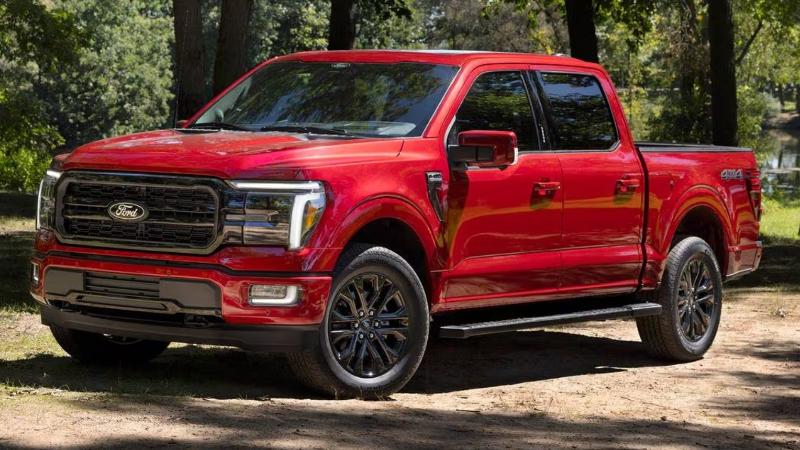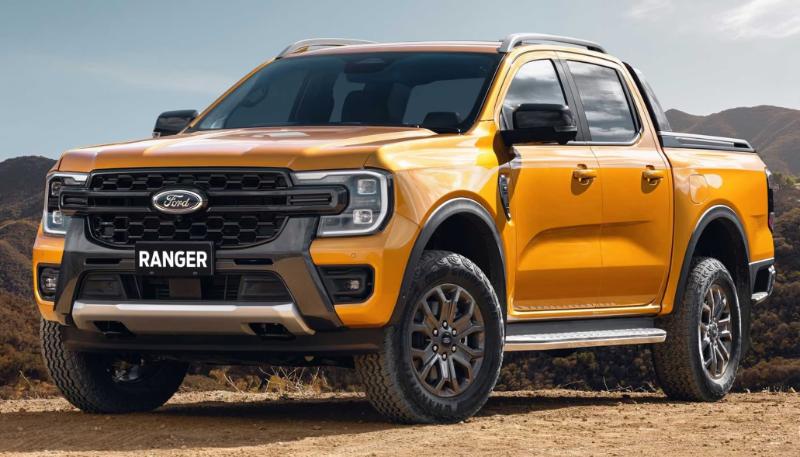The Upcoming 2025 Ford Puma Price, Specs, and Release Date. Based on the current information, it appears that Ford is really intending to launch an all-electric version of the Ford Puma in the year 2025. In addition to bringing a number of technological advances to the vehicle, it is anticipated that this new variety would provide a powertrain that is entirely electric. It has been reported that the electric version of the Ford Puma that will be released in 2025 will have a powertrain that is capable of producing approximately 134 horsepower (100 kilowatts). It is possible to assume that the electric Puma would likely give a respectable range to accommodate the requirements of ordinary commuting, despite the fact that particular specifications regarding the battery capacity and range are not mentioned.
The capability of the electric Puma to be charged in a short amount of time is a feature that has been mentioned. It has been reported that the car is capable of supporting charging at up to 100 kW, which would allow for quicker charging periods and more convenience for drivers who are traveling for longer distances. This indicates that the electric Puma may be capable of attaining a large charge time in a relatively short period of time, which would allow for decreased downtime while traveling by car.
The most recent model appears to be more sporty than the majority of other automobiles in its category, and it is also more enjoyable in other ways, as we will explain in the following paragraphs. This is true even of the normal Ford Puma that we are evaluating here; however, if you are looking for a more serious performance, you should be sure to check out our evaluation of the Ford Puma ST.
Is it more prudent to purchase a Ford Puma as opposed to, for example, a Nissan Juke, Skoda Kamiq, or Volkswagen T-Roc? Continue reading to find out, as we evaluate it in all of the significant categories and compare it to the best small SUVs.
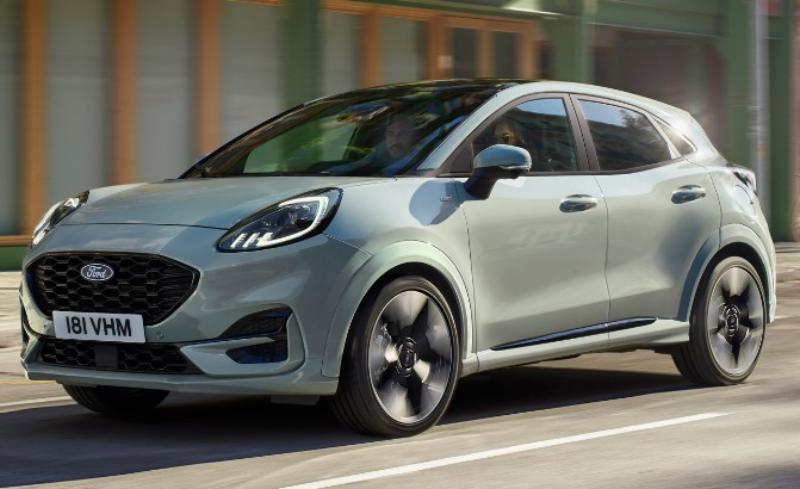
Table of Contents
2025 Ford Puma Engines
When it comes to the powertrain, we do not anticipate any changes. The EcoBoost engine, which is a well-known 1.0-liter three-cylinder engine that produces approximately 125 horsepower, will continue to be used in the base versions. There is a version of this crossover that is equipped with a small electric motor, but it is also capable of moving this crossover very well. This mild hybrid makes use of a marginally increased torque, which results in improved driving dynamics while simultaneously reducing emissions.
There is also the option of purchasing a turbo tree-cylinder engine with a capacity of 1.5 liters and a good 200 horsepower in certain areas. Puma is transformed into a really remarkable urban performer as a result of this, with great acceleration and generally impressive performance.
When you come to a halt, the 48-volt mild-hybrid (mHEV) technology that is installed in all of the engines, which are all 1.0-liter gasoline engines, has the ability to turn off the engine in order to save fuel. The engine comes back to life in the blink of an eye as soon as you enter a gear, and a small electric motor provides a little bit of zipping power to assist you in getting where you need to go.
In our tests, even the Ecoboost mHEV 125, which is the entry-level model, was able to accelerate from 0 to 60 miles per hour in 9.6 seconds. This is far faster than any Juke or the T-Roc 1.0 TSI. It pulls quite well from low rpm and effortlessly maintains cruising speed throughout the entire operation. When you want additional speed, the Ecoboost mHEV 155 is far faster than other vehicles, reaching 60 miles per hour from a complete stop in just 8.5 seconds. When compared to more expensive small SUVs, such as the Audi Q2 35 TFSI, this is just as speedy.
Every Pumas comes standard with a six-speed manual gearbox, and a seven-speed automatic gearbox is an accessible option for those who want to upgrade their vehicle.
2025 Ford Puma Design
When it comes to the design and styling of the electric Puma, it is anticipated that it would keep the same general appeal as the traditional Puma model that is powered by a combustion engine. There is a good chance that the design of the compact crossover SUV, which blends elements of sportiness with practicality, will be carried over to the electric edition. In spite of this, it is important to point out that the electric powertrain might undergo some small design adjustments or aerodynamic modifications in order to achieve the highest possible levels of efficiency and range.
Despite the fact that the sources do not provide a great deal of information regarding other features or specifications, it is reasonable to assume that the electric Ford Puma will be outfitted with contemporary technologies and features that are typically found in electric vehicles. These include regenerative braking, advanced infotainment systems, and driver assistance systems.
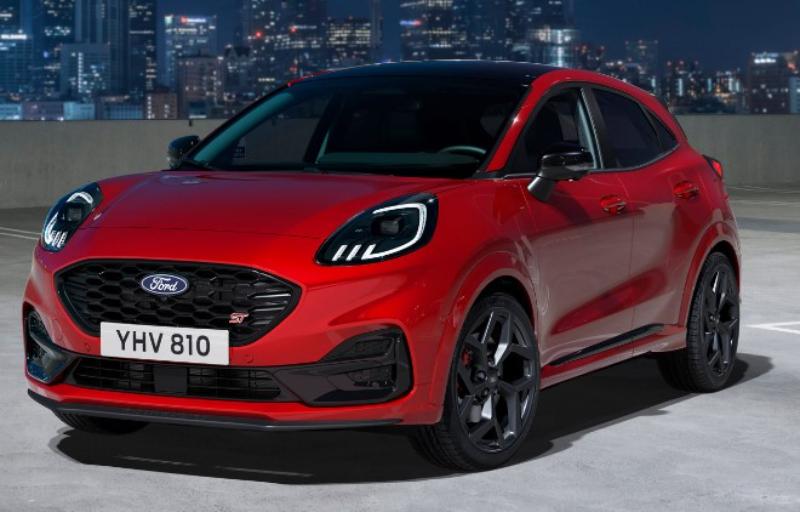
If you are looking for a vehicle that prioritizes ride comfort, you should consider the Skoda Kamiq or the Volkswagen T-Roc. The suspensions of both vehicles are more supple, which means that you will have less of an impact from lumps and bumps as they travel beneath the vehicle.
Titanium trim is the only version of the Puma that does not come with the even harder sport suspension that is standard on all ST-Line models. If you want the most comfortable Puma, Titanium trim is your best bet of all the available options. In spite of this, the Puma is not a bone-shaker and it never becomes unpleasant; rather, it just follows the contours of the road more precisely than either the Kamiq or the T-Roc.
Additionally, there is a beneficial trade-off: improved body control results in less bouncing along undulating country roads. We believe that the majority of purchasers will choose the compromise. The Juke is significantly more likely to move you around in your seat. Even the largest 19-inch alloy wheels, which are optional on all except the entry-level trim, do not make the ride excessively hard. If you are considering purchasing a Puma, we recommend sticking with wheels that are 17 inches or 18 inches in diameter.
The 2025 Ford Puma EV Is available in certain markets.
Additionally, it is mentioned that the electric Ford Puma is anticipated to be presented in Australia, which suggests that it may be a global release rather than a release that is restricted to particular locations around the world.
Please take into consideration that the information that has been provided is derived from the sources that you have contributed. It is always a good idea to consult official Ford announcements or get in touch with a Ford dealership in order to obtain the most current and up-to-date information regarding the forthcoming all-electric Ford Puma.
Where does ICE Puma come in?
The variant of this little crossover that is more conventional will continue in the same manner as before. We are going to witness a design that is not new; it has been around since 2019, and it still has a pretty appealing appearance. The Puma is one of the most popular models in the category because it combines fluid aesthetics with a sleek profile, making it one of the most desirable models. Additionally, the 2025 Ford Puma will continue to have excellent driving characteristics, which will be a result of its chassis that is well-balanced. Not only does it provide a satisfactory balance of comfort and performance, but we particularly appreciate the accurate steering and engaging handling that it possesses.
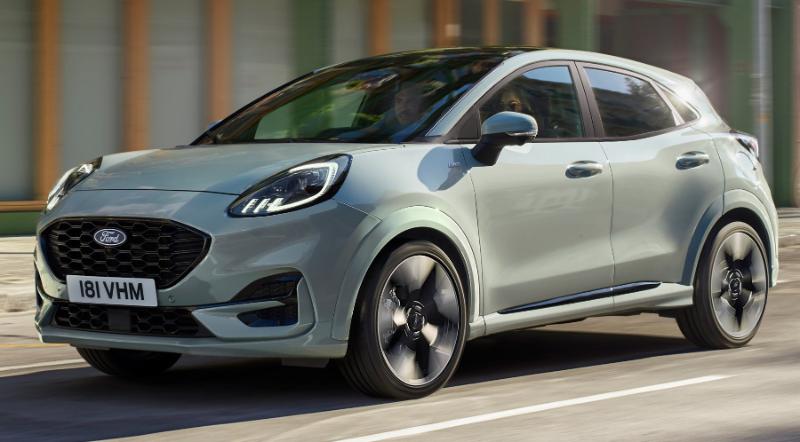
The 2025 Ford Puma interior
Its interior will also be able to accommodate one without greater modifications. In this particular instance, the Blue Oval organization maintains a straightforward approach by not providing any ostentatious embellishments or making an effort to make this cabin appear edgy, as is typically the case in this particular market sector. In its place, you will be presented with a traditional dashboard design that is replete with conventional solutions and physical controls. Considering the class, the build quality is satisfactory.
Keeping in mind that this is a subcompact SUV, the second row of seating is not especially roomy. This is something to bear in mind when considering the passenger space. On the other hand, the front seats are roomy and well-shaped, and they have superb ergonomics and a high level of general comfort.
In the event that you take pleasure in driving, the Puma will truly win your heart. The vehicle is extremely agile in comparison to other small SUVs, and you will be able to observe this agility regardless of whether you are simply driving around a roundabout or speeding down your preferred rural lane.
You will want to purchase an ST-Line model that comes equipped with the sports suspension if you want to enjoy the Puma to its fullest potential. Despite the fact that even the entry-level Titanium version darts into bends with more eagerness than the majority of the competition, this helps to maintain the body more upright when cornering.
Now there’s the steering to consider. Once again, this is something that you can appreciate whether you are driving on faster routes or zipping around town because it is quick to respond and provides you with a significantly stronger sensation of connection to the front wheels than you get from a Hyundai Kona, a Juke, or even a Kamiq.
The Puma is not the only tiny SUV that is more quieter than other options. At a constant speed of seventy miles per hour, its engines produce a little sporty rasp, and there is a considerable amount of tire roar, particularly when 18- or 19-inch wheels are installed. When it comes to preventing unwanted noise from reaching your ears while driving on the highway, the Kamiq and T-Roc perform significantly better.
Read: The Upcoming 2025 Dacia Bigster Price, Release Date, and Colors
On the other hand, the Puma is a remarkably easy car to handle smoothly because of its accurate and snickety gearbox, its feelsome clutch pedal, and its progressive brakes. The seven-speed automatic transmission is also seamless, despite the fact that the snappy manual gearbox is our preferred option.
In spite of the fact that the stop-start system operates in an extremely inconspicuous manner, you rarely even realize when the engine is turned off and on. Compared to the system that was installed in the Jeep Avenger e-Hybrid, it is more refined and has a significantly faster response time.
With slightly squidgy surfaces on the dashboard and the tops of its doors, the inside of the Puma is clothed in a manner that is a bit more sumptuous than the one found in the Bayon and the Toyota Yaris Cross, both of which feature plastics that are more rigid and unforgiving.
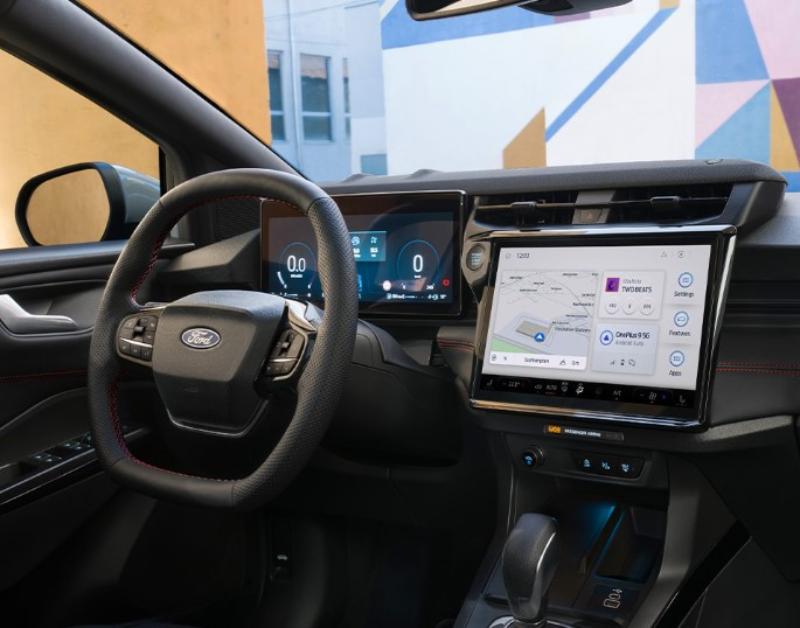
However, the ST-Line Vignale, which is the most expensive model in the lineup, has seats made entirely of leather, while the ST-Line X versions have some simulated carbon-fiber accents and seats made of leather.
However, there are some dashboard plastics that have a rather low-rent feel to them, and the overall effect is more upscale in the Volkswagen T-Roc, the Peugeot 2008, and the Volkswagen Juke model. Meanwhile, the inside of the Lexus LBX is noticeably more comfortable and solid than that of the competitors.
The 2025 Ford Puma Release Date and Price
In spite of the fact that the all-electric 2025 Ford Puma has not yet been verified, the gasoline-powered variant is expected to come as per usual, at some point during the last quarter of the given year. The base models should be priced between around £21,000 in the United Kingdom, as we do not anticipate any significant changes in pricing. There is a lot of competition in this market area, however some of the most important competitors include models such as the Nissan Juke, Renault Captur, Toyota C-HR, Jeep Renegade, and others.
With a 60/40 split-folding rear seat configuration, the Pumas are identical to the back seats seen in almost all small SUVs, such as the Toyota Camry, the Volkswagen T-Roc, and the Lexus LBX.
On the other hand, it is unfortunate that the Puma does not come with a ski hatch (like it does in the T-Roc), nor does it have any other interesting features, such as the sliding rear seats that are available in the Volkswagen T-Cross.
The lineup of Ford Puma vehicles does not include any weedy engines, nor does it have any trim levels that are quite basic. It is for this reason that the beginning price of the automobile is greater than the prices of the Juke and the Kamiq. On the other hand, when compared to both of those automobiles, it is actually more affordable, and it also offers a lower price than the T-Roc that is comparable.
Personal contract purchase (PCP) vehicle loan deals are typically quite appealing, and this is aided by the fact that it is anticipated that the Puma will depreciate at a slower rate than many of its competitors. Additionally, it is more cost-effective; in our real-world True MPG test, the 1.0 Ecoboost mHEV 155 achieved an average of 45.1 miles per gallon, which is rather impressive.

